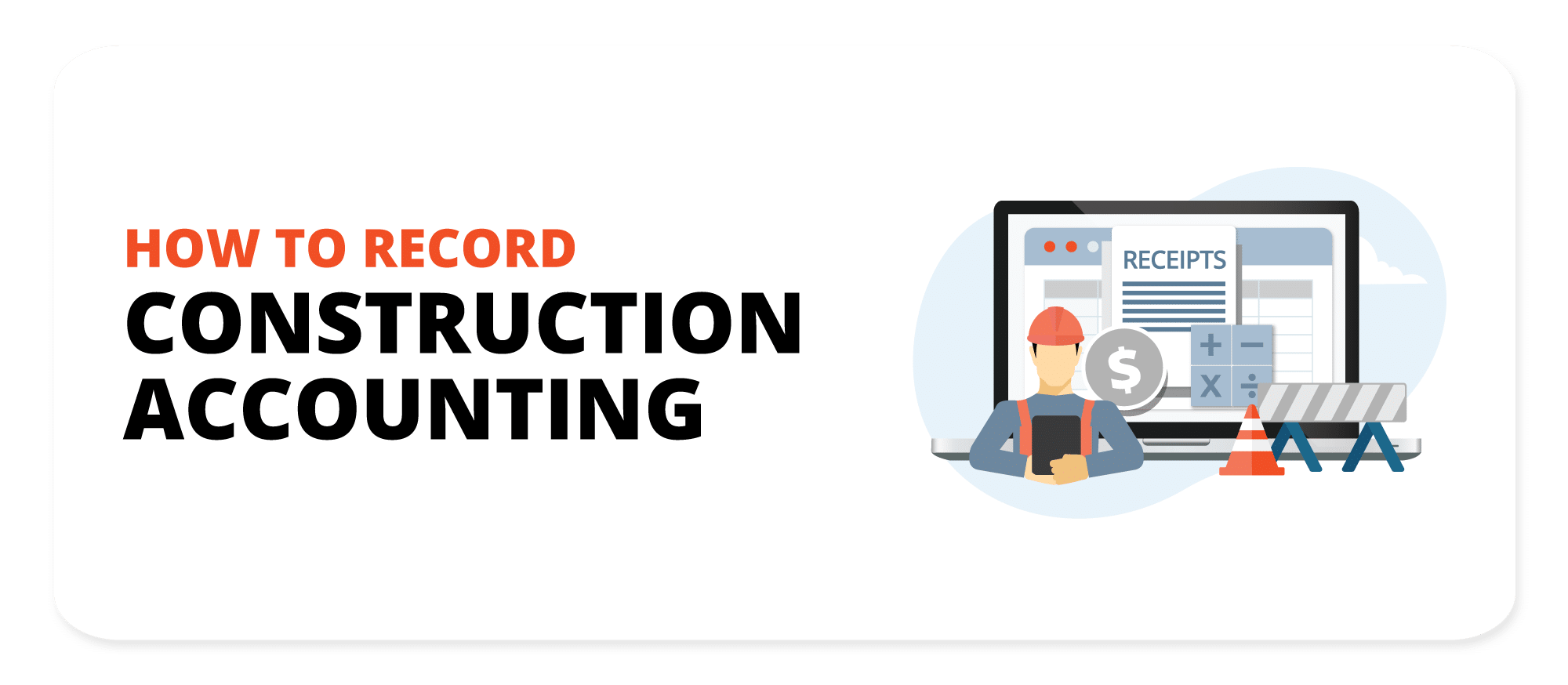How to Choose the Ideal Construction Accounting Software for Your Firm
How to Choose the Ideal Construction Accounting Software for Your Firm
Blog Article
A Comprehensive Guide to Building Audit: Maximize Your Financial Administration
Efficient financial administration is essential in the building industry, where the intricacies of project-based income and expenditures can dramatically impact total profitability. By employing finest techniques in economic coverage and evaluation, stakeholders can not only improve operational performance but additionally alleviate possible risks.
Recognizing Building Bookkeeping
Understanding building and construction accounting is crucial for the successful monitoring of funds in the building and construction sector. This specific branch of bookkeeping addresses the distinct challenges dealt with by building firms, including project-based profits recognition, expense tracking, and conformity with regulatory requirements. Unlike conventional accountancy, building audit calls for a distinct strategy to handle the intricacies connected with lasting agreements and rising and fall expenses.
Key components of building and construction accountancy include accurate revenue acknowledgment, which commonly relies on the percentage-of-completion technique or completed-contract method, relying on the task's nature. This makes certain that financial declarations mirror true performance and success in time. Task costing plays an essential function, allowing companies to track expenses linked with certain tasks, which aids in establishing success and source appropriation.
One more crucial element is the management of cash flow, which is commonly impacted by repayment routines and delays in receivables. Reliable capital monitoring guarantees that building business can meet operational requirements and purchase future projects. Eventually, mastering building accounting furnishes firms with the tools required to make informed economic decisions, mitigate dangers, and boost overall operational effectiveness in an affordable market.

Task Costing and Budgeting
Job setting you back and budgeting are essential elements of building and construction accountancy that allow firms to effectively handle job financial resources and make certain profitability. Task costing entails the meticulous tracking of all costs connected with a particular job, including labor, materials, equipment, and overhead. This process allows building and construction companies to determine truth price of completing a job, assisting in educated decision-making and boosting financial accountability.
Budgeting, on the various other hand, functions as a monetary roadmap for projects. It involves establishing monetary restrictions and designating resources to numerous project components, thus establishing a framework versus which real costs can be measured. Reliable budgeting calls for detailed analysis and forecasting, taking right into factor to consider historical information, market fads, and possible threats.
With each other, job costing and budgeting supply the necessary devices for building and construction firms to keep track of economic efficiency, identify differences, and adjust strategies as needed - construction accounting. By carrying out durable job costing methods and adhering to well-structured budget plans, business can boost their functional efficiency, minimize monetary threats, and eventually enhance their success in an affordable market. Thus, these methods are vital for sustaining long-term success within the construction sector
Monitoring Expenses and Earnings
Properly tracking expenditures and income is necessary for building firms to maintain financial health and wellness and make sure job viability. Effective tracking enables services to check task efficiency, determine cost overruns, and make notified monetary decisions. Executing a methodical approach to recording all economic transactions is crucial to achieving this goal.
Using construction audit software program can considerably enhance the tracking process. These devices facilitate real-time surveillance of expenses, consisting of labor, materials, and subcontractor costs, while likewise recording income created from project page landmarks and client payments. By categorizing expenditures and income streams, firms can obtain insights into earnings and capital.

Financial Coverage and Analysis
Monetary coverage and analysis play an essential role in the construction sector, providing stakeholders with crucial understandings right into a company's financial performance and functional effectiveness. Precise financial reports, including annual report, revenue declarations, and cash circulation statements, are essential for assessing the health of a building and construction business. These records help recognize trends, assess task productivity, and assist in educated decision-making.
In construction accounting, monetary analysis goes past simple coverage; it entails looking at economic information to reveal underlying patterns and anomalies. Trick efficiency signs (KPIs), such as gross revenue margins, project completion rates, and return on financial investment, function as standards to evaluate functional success. On a regular basis examining these metrics allows firms to this website identify locations requiring renovation, enhance resource appropriation, and enhance job management methods.
Additionally, effective financial coverage fosters openness and builds count on with stakeholders, consisting of clients, vendors, and capitalists - construction accounting. By maintaining rigorous financial oversight, building business can alleviate risks, make sure conformity with regulative demands, and inevitably drive lasting development. Hence, a robust monetary reporting and analysis framework is important for navigating the complexities of the building landscape and accomplishing lasting success
Ideal Practices for Success
To attain success in building and construction accounting, firms have to take on a collection of ideal practices that streamline operations and boost economic monitoring. Initially, carrying out a robust project administration software application tailored for construction can promote real-time monitoring of job costs and budgets, allowing for more accurate projecting and resource allowance.
2nd, adopting a constant approach to task setting you back is essential. This entails meticulously tracking all costs connected with each job, consisting of labor, products, and expenses. On a regular basis assessing task expenses versus preliminary estimates assists recognize differences early, allowing prompt rehabilitative actions.
Third, preserving strenuous documents techniques ensures compliance with guidelines and simplifies audits. This consists of keeping comprehensive documents of agreements, change orders, invoices, and receipts.
Furthermore, purchasing team training is important. Guaranteeing that staff members are fluent in accounting concepts, software usage, and industry standards can considerably enhance efficiency and accuracy in financial reporting.
Conclusion

Report this page